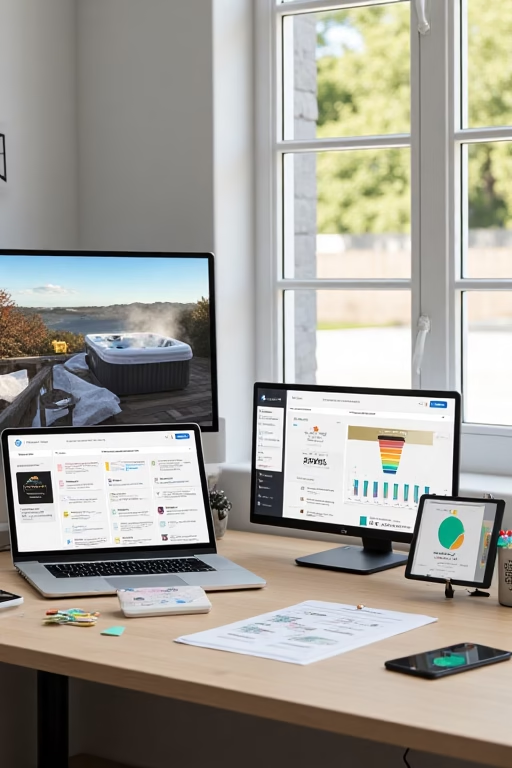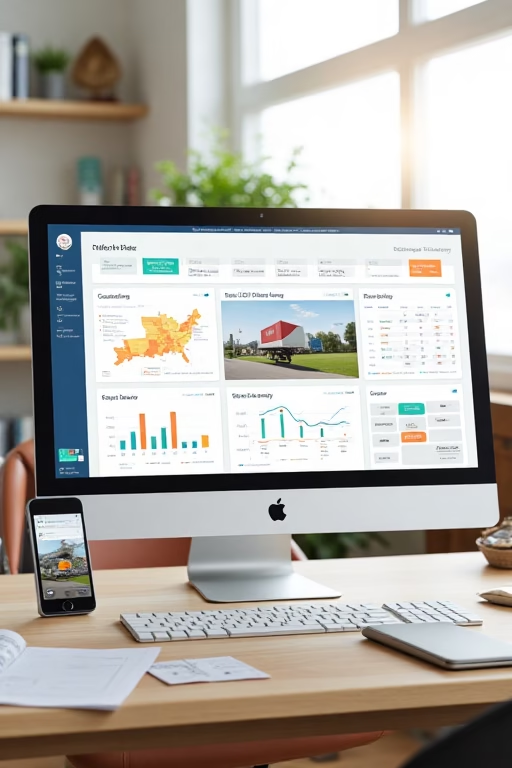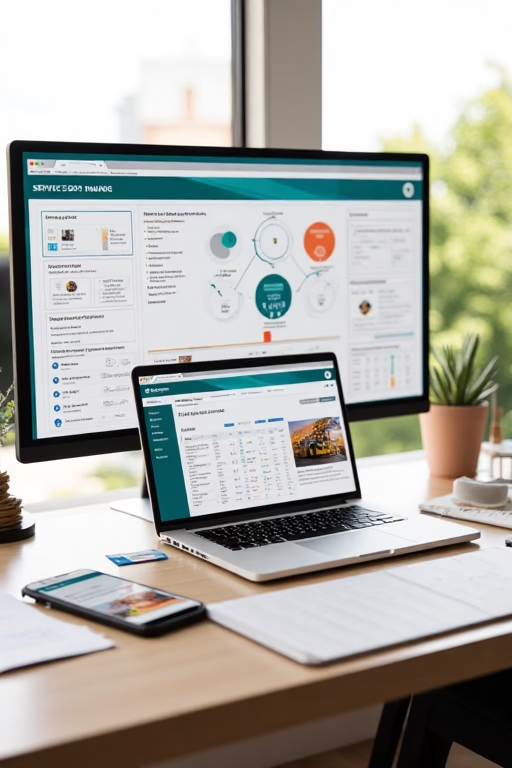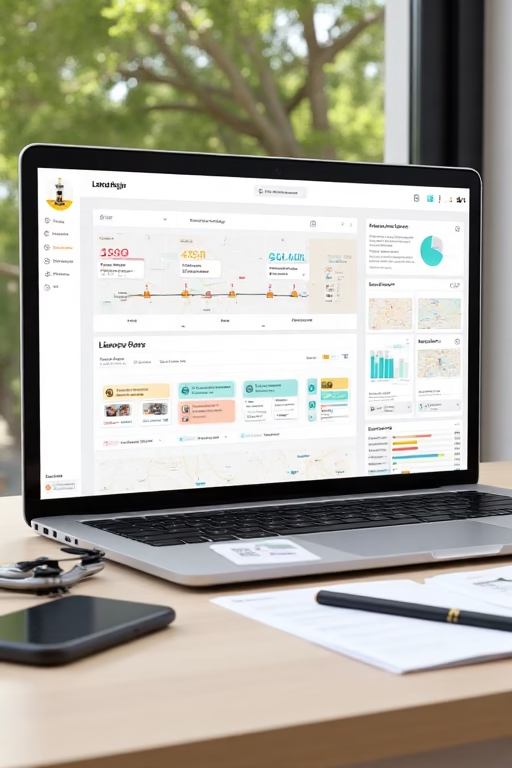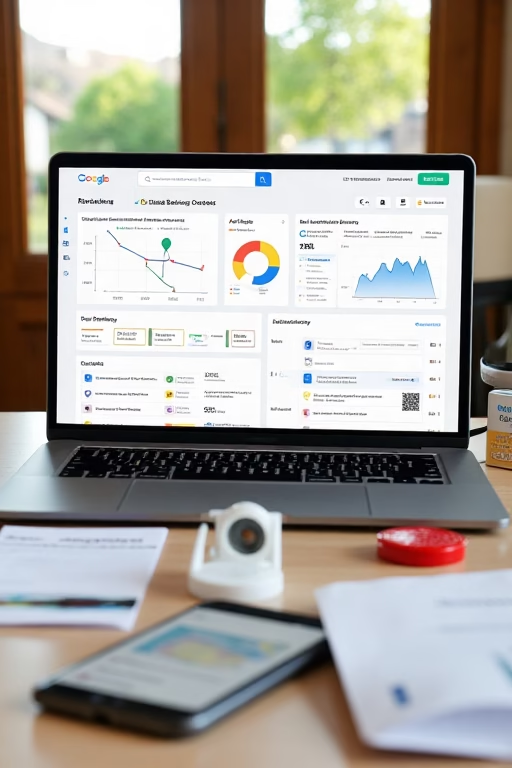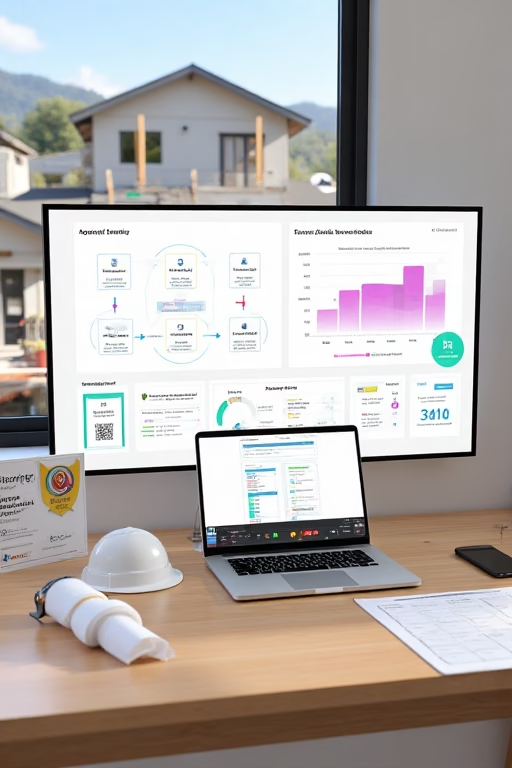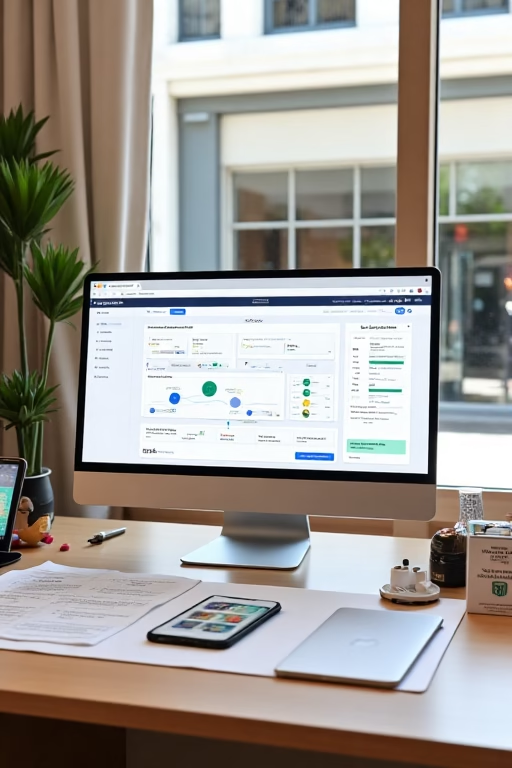The Ultimate Marketplace Posting Blueprint for Hot Tub Companies
The Ultimate Marketplace Posting Blueprint for Hot Tub Companies
Turn Facebook Marketplace, Craigslist, and OfferUp into a steady pipeline of booked showroom visits, at-home demos, and installs.
Introduction
The Ultimate Marketplace Posting Blueprint for Hot Tub Companies is a practical system for 2025. Hot tub buyers browse visually, ask quick questions on mobile, and expect transparent pricing, delivery timelines, and financing. This blueprint shows how to build compliant listings that rank, images that stop thumbs, and responses that convert to paid installs.
Stay policy-safe across platforms: avoid misleading “free” claims, include taxes/fees disclosure, and use real product photos. Compliance improves reach and reduces flags.
Expanded Table of Contents
- 1) Marketplace Strategy Overview
- 2) Profile & Storefront Setup
- 3) Images that Convert (Angles, Lifestyle, Proof)
- 4) Title Frameworks for Facebook, Craigslist, OfferUp
- 5) Description Blueprint (Compliant & Persuasive)
- 6) Pricing, “From” Ranges, and Financing Disclosure
- 7) Attributes, Categories & SEO Tags
- 8) Inventory Matrix & Versioning (Good/Better/Best)
- 9) Posting Cadence & Geo Strategy
- 10) Response Scripts (Speed-to-Lead)
- 11) Auto-Replies, Saved Replies & Follow-Up Cadence
- 12) Retargeting and Review Flywheel
- 13) Tracking, UTMs & Appointment Attribution
- 14) Team Workflow: Roles, SLA, Escalations
- 15) Hot Tub Photo/Video Shoot List (Reusable)
- 16) 30–60–90 Day Marketplace Rollout
- 17) Troubleshooting Flags & Low Conversion
- 18) 25 Frequently Asked Questions
- 19) 25 Extra Keywords
1) Marketplace Strategy Overview
Marketplaces are intent-rich but noisy. Your edge: consistent, standardized listing templates, crystal-clear offers, and lightning-fast replies. Treat listings like mini landing pages with price ranges, benefits, proof, and next-step CTAs.
2) Profile & Storefront Setup
- Use your legal business name and logo; match phone and hours across platforms.
- Link to your site with ?utm_source=marketplace parameters.
- Enable messaging notifications on mobile for sub-2-minute responses.
3) Images that Convert (Angles, Lifestyle, Proof)
- Hero angle (3/4 view), control panel close-up, seating layout, jets in action.
- Lifestyle shots: backyard at dusk, family enjoying, cover on/off, steps installed.
- Proof: delivery/installation photos, electrician hookup, water care starter kit.
- Technical: dimensions, 110v/220v label, shell/cabinet colors.
Refresh creative every 3–4 weeks; keep file sizes optimized for mobile load speed.
4) Title Frameworks for Facebook, Craigslist, OfferUp
- Value + Model + Benefit: “Clearance Spa 6-Seat — 110v Plug-n-Play — Delivery Available”
- Urgency + Size: “This Week: 7-Person Hot Tub • Free Cover Lift • Ask About Install”
- Use-Case: “Small Patio Spa — Low Power — Perfect for Townhomes”
5) Description Blueprint (Compliant & Persuasive)
| Section | What to Include |
|---|---|
| Opening | Model/size, seats, voltage, delivery radius, install options. |
| Benefits | Hydrotherapy jets, energy efficiency, easy maintenance, warranty. |
| Pricing | “From” price ranges + what’s included (cover, steps, starter kit). |
| Financing | Monthly ranges (OAC), down payment options, quick approval link. |
| CTA | “Message for ZIP-level delivery quote” + phone; showroom hours. |
| Compliance | Taxes/fees disclosure, electricity requirements, lead times. |
6) Pricing, “From” Ranges, and Financing Disclosure
- Use price bands by trim: Good Better Best.
- Show sample monthly payment with “On Approved Credit (OAC).”
- List add-ons clearly: cover lifter, steps, ozone, salt system, GFCI.
7) Attributes, Categories & SEO Tags
- Categories: “Hot Tubs & Spas,” “Home & Garden.”
- Attributes: seats, voltage, dimensions, color, warranty length.
- Hashtags (where supported): #HotTub #SpaSale #Hydrotherapy #BackyardUpgrade
8) Inventory Matrix & Versioning (Good/Better/Best)
Create three versions of the listing for each model: entry (110v), mid (ozone/LED), premium (lounger, extra jets). Rotate promotions across versions to keep freshness without policy violations.
9) Posting Cadence & Geo Strategy
- 3–5 active listings per city cluster; rotate models and offers weekly.
- Geo radius aligned with profitable delivery zones and electrician coverage.
- Repost with new media/angle; never spam duplicate copy.
10) Response Scripts (Speed-to-Lead)
Initial (T+0m):
“Thanks for reaching out! We have 4–7 seat models in stock. What’s your ZIP for delivery quote and do you prefer 110v plug-n-play or 220v?”
Price Qualifier:
“Most 6–7 seat models start from $[range] before tax. We include cover + steps. Want today’s promo and install ETA for your ZIP?”
Appointment Push:
“Great—based on your ZIP we can install as early as [day]. Do you prefer a quick showroom visit or a virtual video walk-through?”11) Auto-Replies, Saved Replies & Follow-Up Cadence
- Auto-reply within 1 minute (hours-aware) + link to pre-qual quiz.
- Cadence: T+0m, T+15m, T+2h, T+24h, T+72h with value (maintenance tips, energy costs).
- Missed call text-back: “Sorry we missed you—want a quick delivery estimate by ZIP?”
12) Retargeting and Review Flywheel
- Upload leads to run testimonial/lifestyle retargeting in your region.
- Post-install: send QR review card; re-use reviews as creative overlays (where policy allows).
13) Tracking, UTMs & Appointment Attribution
- UTM every link; separate sources for FBM, CL, OU.
- Track calls, messages, form fills, and booked appointments in CRM.
- Report: CPL, show rate, close rate, revenue by model.
14) Team Workflow: Roles, SLA, Escalations
- Agent 1: triage & qualify; Agent 2: schedule & financing; Tech: install ETA.
- SLA: reply < 2 min, quotes < 15 min, appointments same-day.
- Escalate complex electrical/site questions to install coordinator.
15) Hot Tub Photo/Video Shoot List (Reusable)
- Uncrated tub, filled & jets on, night lighting, cover lift demo.
- Electrical hookup close-ups (breaker/GFCI), pad vs deck placement.
- Owner handoff: water care kit + quick start guide.
16) 30–60–90 Day Marketplace Rollout
Days 1–30 (Foundation)
- Launch 6 core listings (Good/Better/Best × 2 sizes).
- Set saved replies + financing explainer + UTM links.
- Create install photo bank; publish 2 lifestyle videos.
Days 31–60 (Optimization)
- Swap creatives weekly; test titles with seat counts vs voltage.
- Layer appointment booking link; add weekend staff coverage.
- Start review flywheel and testimonial retargeting.
Days 61–90 (Scale)
- Duplicate top listings to neighboring ZIP clusters.
- Introduce seasonal promos (winterization kits, steps bundle).
- Monthly KPI review; prune low-CTR creatives.
17) Troubleshooting Flags & Low Conversion
- Listings flagged: remove superlatives/claims that imply policy violations, avoid all-caps, ensure real photos.
- Low CTR: lead with lifestyle image; add seat count + voltage in title.
- High CPL: show “from” price + included items; shorten description top; add phone.
- No-shows: send calendar invite + T-24/T-2 SMS reminders with address/parking.
The Ultimate Marketplace Posting Blueprint for Hot Tub Companies works when you standardize listings, refresh visuals, and answer fast.
18) 25 Frequently Asked Questions
1) What’s the fastest way to generate hot tub leads on Marketplace?
Use lifestyle hero images, “from” pricing, and an instant auto-reply asking ZIP + voltage preference.
2) Should I list exact prices or ranges?
Ranges keep you compliant and flexible; clarify what’s included (cover, steps, starter kit).
3) Do financing mentions hurt or help?
Help—add OAC disclaimer and typical monthly ranges to reduce friction.
4) How many photos per listing?
6–10: hero, seating, controls, lighting, cover, install proof.
5) How often should I refresh creatives?
Every 3–4 weeks, or when frequency climbs and CTR dips.
6) What title format converts best?
Seat count + voltage + delivery: “7-Seat 220v — Delivery & Install Available.”
7) Can I post the same listing in multiple cities?
Vary media and copy; align radius with realistic install zones to avoid spam signals.
8) How do I handle after-hours messages?
Hours-aware auto-reply + morning callback queue; send booking link.
9) Are videos worth the effort?
Yes—short jet/lighting demos increase CTR and trust.
10) Should I include electrical requirements?
Yes—state 110v vs 220v and GFCI; helps pre-qualify and reduces cancellations.
11) How do I avoid getting flagged?
Use real photos, avoid exaggerated claims, disclose fees, and don’t repost duplicates.
12) Do warranties impact conversion?
Absolutely—list term and what’s covered; link to details.
13) What’s a good response time?
< 2 minutes. Speed wins marketplace deals.
14) Should I gate pricing behind messages?
Lead with ranges publicly; provide exact quotes after ZIP + install needs.
15) How many active listings should I keep?
3–5 per city cluster, rotating models/offers weekly.
16) How do I track ROI from Marketplace?
Use UTMs, call tracking, and appointment attribution in your CRM.
17) Can I push traffic to my website?
Yes—use UTMs and ensure mobile-first landing pages with one-tap call.
18) What follow-up cadence works?
T+0m, T+15m, T+2h, T+24h, T+72h, then weekly nurture for 30 days.
19) Do bundles help?
Yes—cover lifter + steps + water kit bundles increase AOV and clicks.
20) Should I post refurbished tubs?
Yes, clearly labeled with condition, warranty, and what’s replaced.
21) Weekend posting strategy?
Staff DMs, schedule installs, and prioritize “ready this week” messaging.
22) What if leads just ask “price?”
Reply with range + quick qualifier: seats, voltage, ZIP, install timing.
23) Can I use water care education in posts?
Yes—adds value and positions your team as experts.
24) Do review screenshots help?
When policy-compliant, yes—use initials and city for social proof.
25) First step today?
Publish Good/Better/Best listings with fresh photos, enable auto-replies, and prepare 6 saved replies.
19) 25 Extra Keywords
- The Ultimate Marketplace Posting Blueprint for Hot Tub Companies
- hot tub Facebook Marketplace listings
- spa store OfferUp strategy
- Craigslist hot tub posting tips
- plug and play spa marketing
- 220v hot tub installation quotes
- backyard spa lifestyle images
- hot tub financing OAC messaging
- hydrotherapy spa marketplace ads
- family spa 6-7 seat listings
- hot tub delivery and setup radius
- spa cover lifter bundle offer
- salt system spa promotion
- energy efficient hot tub ads
- refurbished hot tub warranty
- spa maintenance starter kit
- hot tub appointment booking link
- marketplace retargeting spas
- UTM tracking for spa listings
- showroom visit hot tub leads
- local hot tub dealer marketing
- spa store lead follow-up scripts
- seasonal hot tub promo ideas
- spa photo shoot checklist
- 2025 spa sales blueprint
The Ultimate Marketplace Posting Blueprint for Hot Tub Companies Read More »


